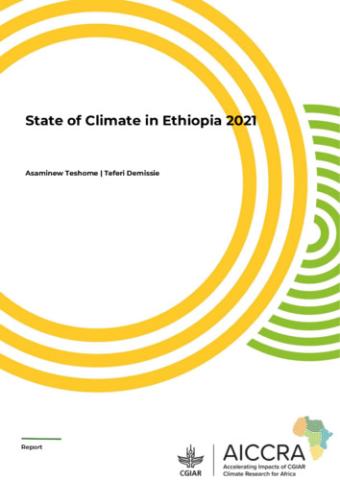Abstract
Ethiopia is located within 3.30°N–15°N and 33°E–48°E, in the Horn of Africa (Fig. 1). It covers an area of about 1.14 million square kilometers (944,000 square miles), with a total population of more than 85 million (MoFA,2013). The country's topography comprises high and rugged plateaus and the peripheral lowlands. From a topographic viewpoint, the country confines the Great African Rift Valley that bisects Ethiopia into the eastern and western escarpments. It gradually slopes up from the lowland edges of Rift Valley to the eastern and western escarpments into the southern, central, western and northern mountains.
Major parts of the country are made up of a wide plateau and mountains of various heights (Fig. 1). Elevations in the country range from 160 meters below sea level (northern exit of the Rift Valley) to over 4600 meters above sea level (of northern mountainous regions). The highest mountains are concentrated on the northern and southern plateaus of the country (MoWR,2013). The climatic condition of the country results in high rainfall during the rainy season, which in turn causes perennial
and seasonal rivers and stream flows. However, as rainfall is seasonal, the volume of discharges of rivers, both local and transboundary, is subject to seasonal variations (MoWR,2013).

